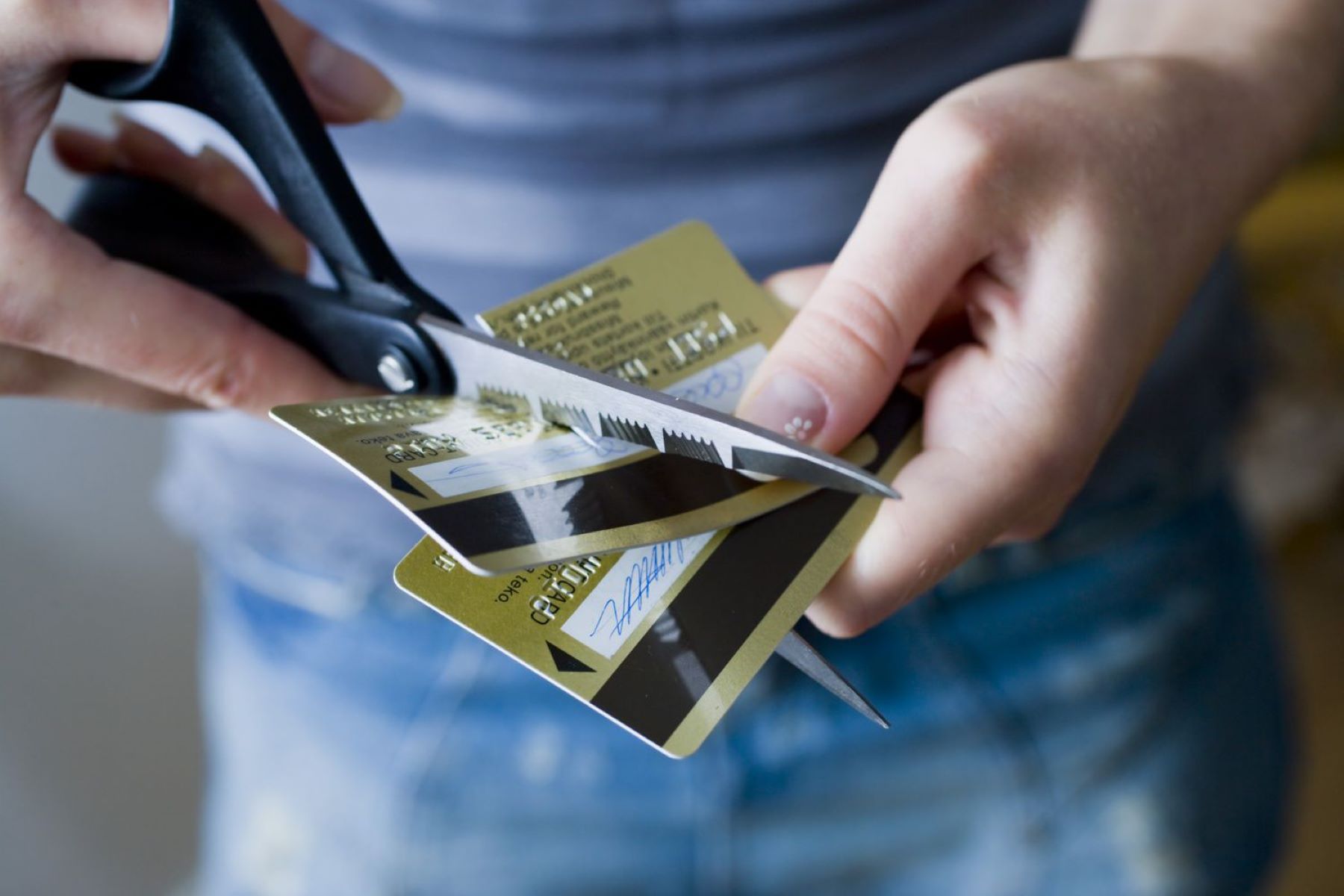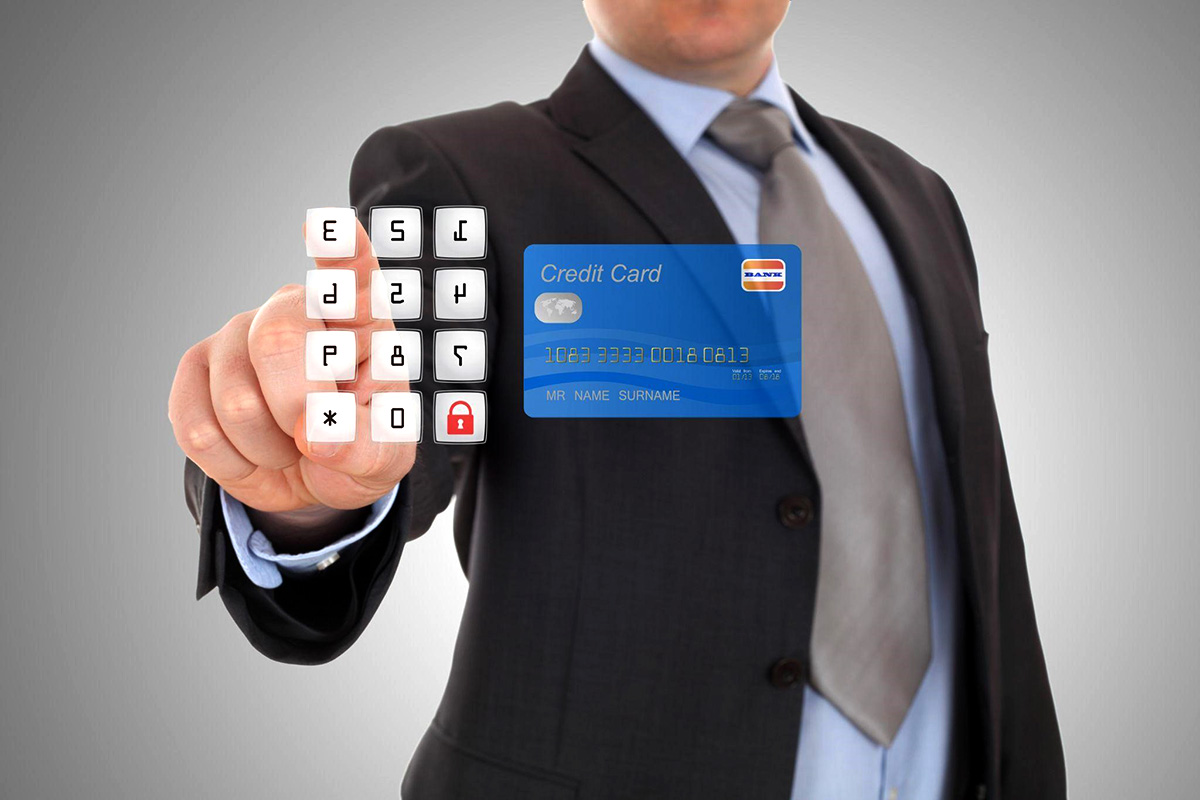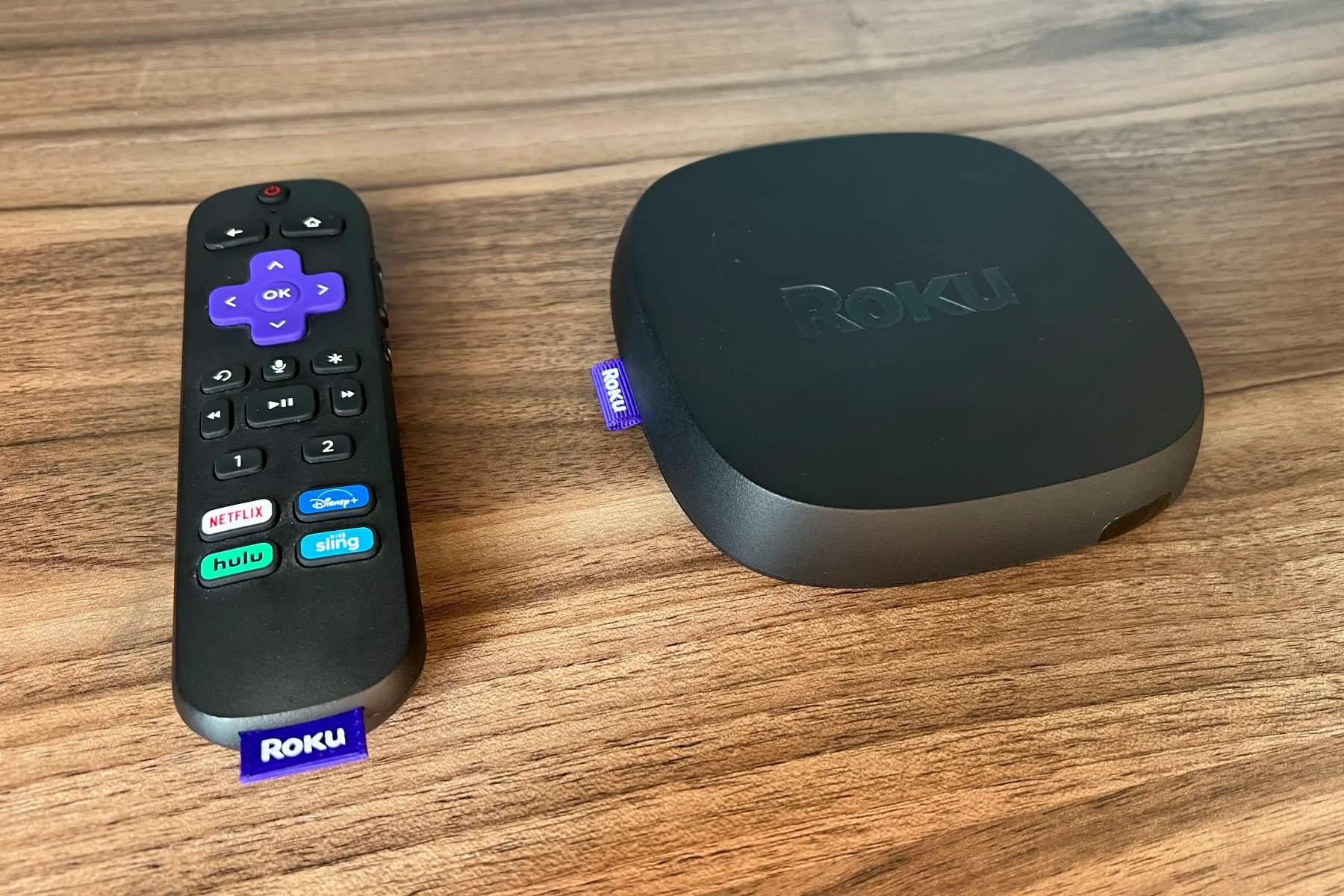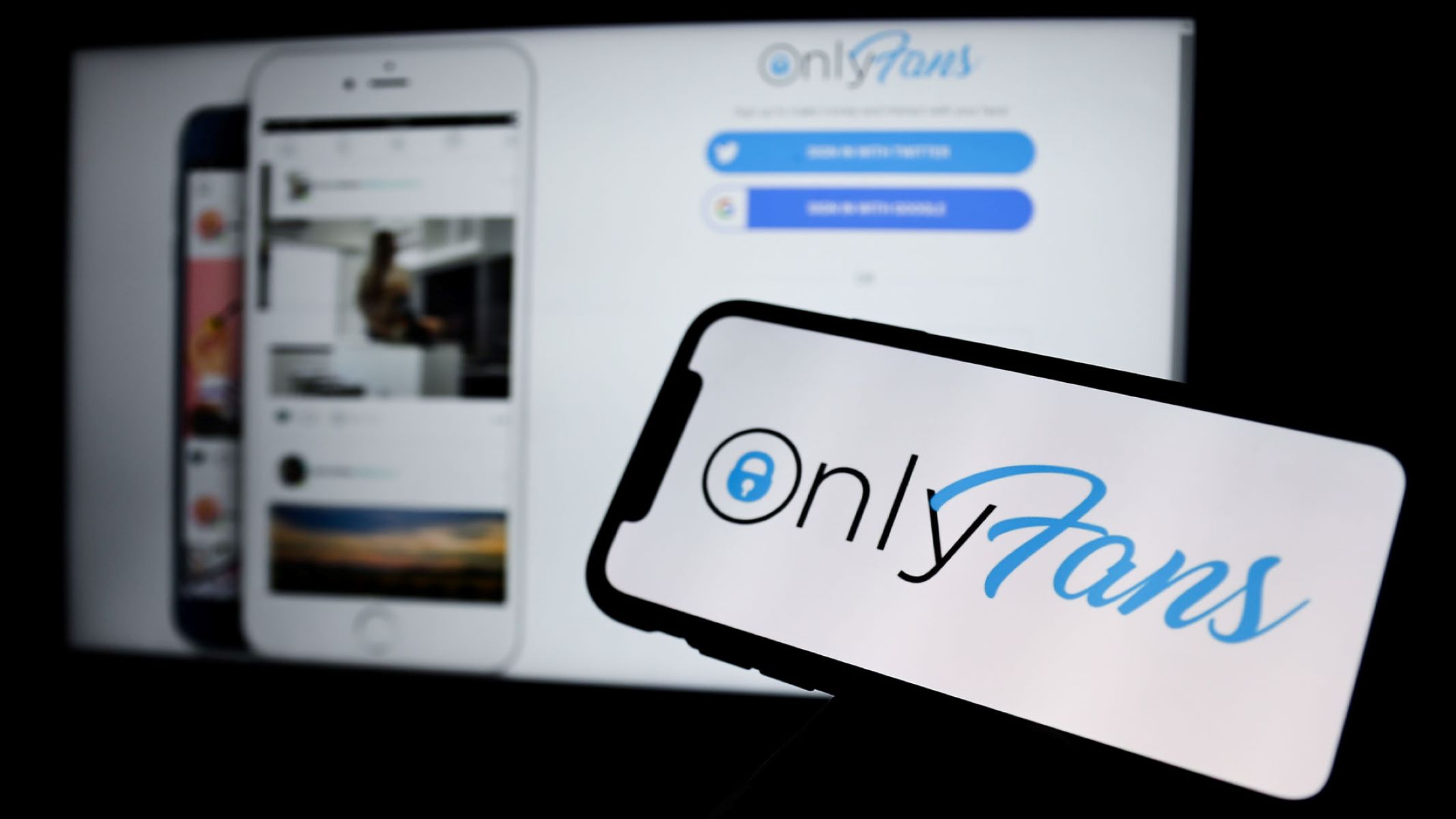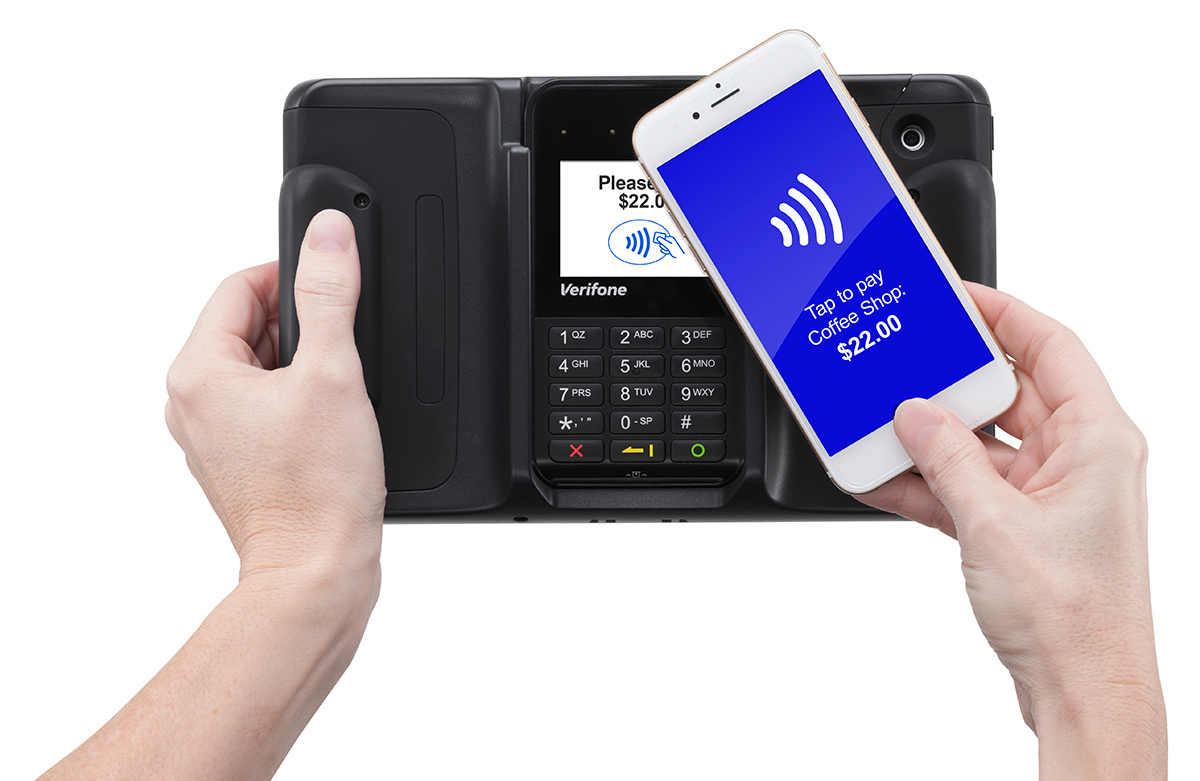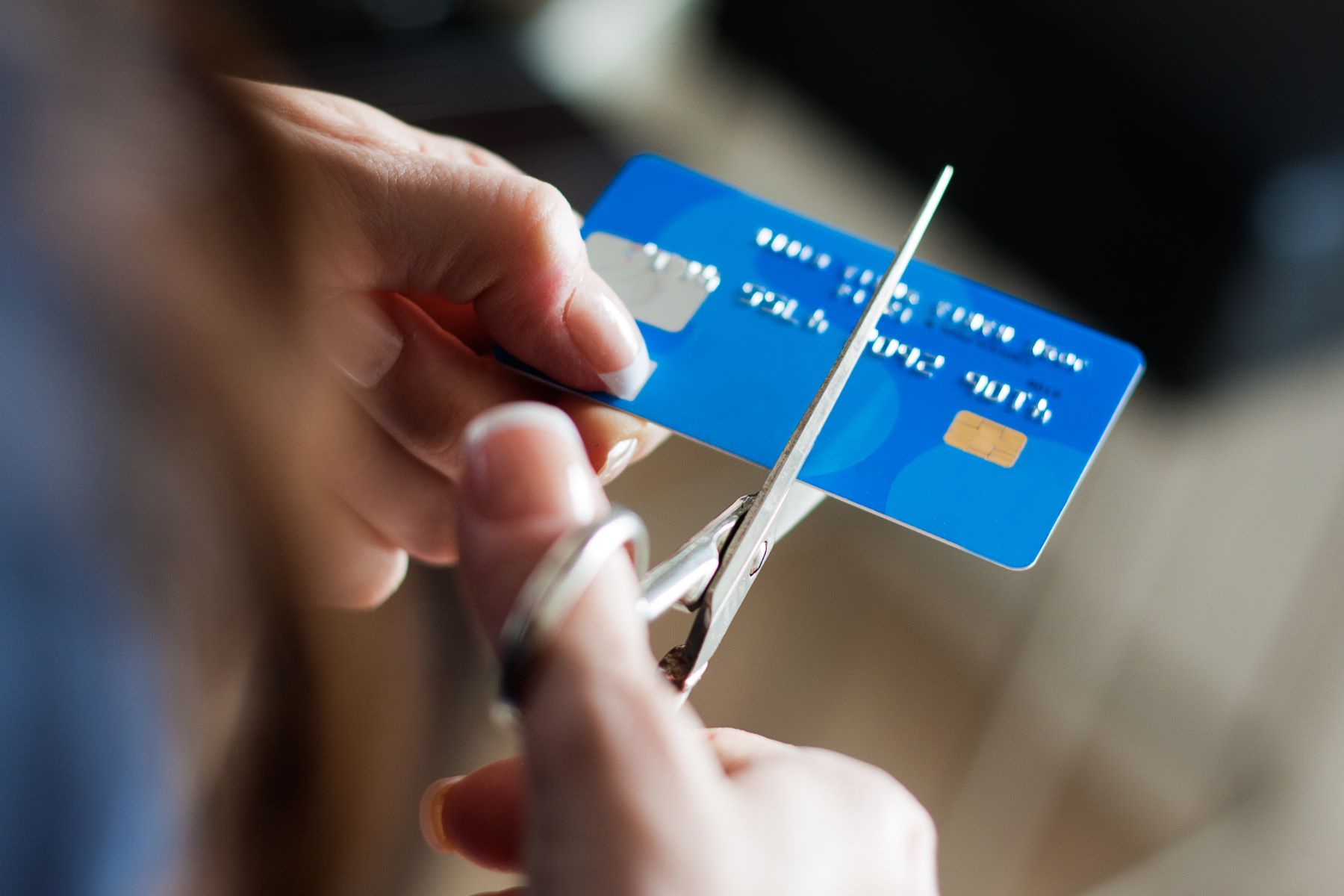

Finance
How To Cut Up Metal Credit Card
Modified: December 30, 2023
Learn how to cut up metal credit cards and improve your personal finance. Find step-by-step instructions and tips to safely dispose of unwanted credit cards.
(Many of the links in this article redirect to a specific reviewed product. Your purchase of these products through affiliate links helps to generate commission for LiveWell, at no extra cost. Learn more)
Table of Contents
Introduction
Have you ever wondered what to do with old or expired metal credit cards? Instead of throwing them away, why not give them a new life by repurposing them into unique and stylish crafts? One popular project is cutting up metal credit cards to create customized jewelry, keychains, or decorative pieces. Not only is it a fun and creative way to recycle, but it also allows you to showcase your personal style.
In this article, we will guide you through the process of cutting up a metal credit card, step by step. We will provide you with the necessary tools and materials, offer safety precautions and tips, and guide you through the actual cutting process. Whether you are a DIY enthusiast or just curious about trying something new, this guide will help you transform your old credit cards into something extraordinary.
Before we dive into the process, it’s important to note that cutting up a metal credit card requires some basic tools and safety precautions. So, grab your safety glasses, gloves, and let’s get started!
Tools and Materials
Before you begin cutting up your metal credit card, you will need a few essential tools and materials. Here’s a list of what you’ll need:
- Safety glasses and gloves: Protect your eyes and hands from any flying debris or sharp edges while cutting the metal credit card.
- Tape measure or ruler: Use a tape measure or ruler to accurately measure and mark the cutting lines on the card.
- Permanent marker or scribe: Use a permanent marker or scribe to mark the cutting lines clearly on the surface of the card.
- Sheet metal shears: These shears are specifically designed to cut through metal. They provide clean and precise cuts with minimal effort.
- File or sandpaper: A file or sandpaper is necessary to smooth out any rough edges or burrs created during the cutting process.
- Optional: If you plan on turning your cut-up card into jewelry, you will need additional materials such as jump rings, earring hooks, keychain rings, or necklace chains.
Ensure that you gather all the necessary tools and materials before starting the project. This will save you time and frustration and will allow you to have a smooth and enjoyable crafting experience.
Step 1: Safety Precautions
Safety should always be your top priority when working with sharp tools and cutting metal. Before you begin cutting up your metal credit card, make sure to follow these safety precautions:
- Wear safety glasses and gloves: Protect your eyes from any flying debris or metal shards by wearing safety glasses. Additionally, wear gloves to protect your hands from sharp edges.
- Work in a well-ventilated area: Metal cutting can produce dust or fumes, so it’s important to have good airflow in the area where you are working. Open windows or use a fan to ensure proper ventilation.
- Secure the card: Place the metal credit card on a stable surface or clamp it down securely to prevent it from shifting and causing accidents during the cutting process.
- Use proper technique: When using the sheet metal shears, avoid applying excessive force or making quick, jerky movements. Instead, use a steady and controlled cutting motion to ensure safety.
- Keep fingers away from the cutting edge: Make sure to keep your fingers clear of the cutting area to prevent accidental injury. Hold the card by its edges or use a clamp if necessary.
- Dispose of waste properly: After cutting the metal credit card, dispose of any sharp or leftover pieces in a designated container. This will prevent any potential injuries when handling the waste.
Always prioritize your safety when working with any tools and materials. Following these safety precautions will minimize the risk of accidents and injuries, allowing you to complete the project with peace of mind.
Step 2: Preparing the Metal Credit Card
Before you can start cutting your metal credit card, it’s important to prepare it properly to ensure clean and accurate cuts. Follow these steps to prepare the card:
- Clean the card: Remove any dirt, dust, or adhesive residue from the surface of the metal credit card. Use a mild soap and water solution or a non-abrasive cleaner to gently clean both sides of the card. Dry it thoroughly with a clean cloth.
- Remove any non-metal elements: Carefully examine the credit card and remove any non-metal elements such as plastic or holographic overlays. You want to work only with the metallic part of the card.
- Consider annealing the metal: If you find the metal of the credit card to be too rigid or difficult to cut, you may want to consider annealing it. Annealing is a process of heating and then cooling the metal to make it softer and more malleable for cutting. Consult a professional or do thorough research before attempting this process.
By properly preparing the metal credit card, you ensure that you have a clean and workable surface for cutting. Cleaning the card eliminates any debris that could interfere with the cutting process, while removing non-metal elements allows for smoother and more precise cuts. Consider annealing the metal if you’re facing difficulties while cutting, but remember to approach this technique with caution and seek appropriate guidance if needed.
Step 3: Marking the Cutting Lines
Once you have prepared the metal credit card, it’s time to mark the cutting lines. Follow these steps to accurately mark the lines:
- Measure and plan: Determine the desired size and shape for your cut-up metal credit card. Use a tape measure or ruler to measure and mark the dimensions on the card. Plan out the specific designs or shapes you want to create.
- Use a permanent marker or scribe: Once you have your measurements and designs in mind, use a permanent marker or scribe to clearly mark the cutting lines on the surface of the card. Make sure your lines are visible and accurate.
- Consider using a template: If you prefer a precise and consistent design, consider creating a template out of paper or cardboard. Place the template on the metal credit card and trace around it to mark the cutting lines.
When marking the cutting lines, take your time to ensure accuracy and precision. Double-check your measurements and designs before proceeding to the next step. Using a permanent marker or scribe will help you create clear and visible lines, making it easier to follow them during the cutting process. Additionally, using a template can provide a uniform design across multiple cards or pieces.
Step 4: Cutting the Card
Now that you have marked the cutting lines on your metal credit card, it’s time to cut it into the desired shapes. Follow these steps to cut the card:
- Put on safety glasses and gloves: Before you begin cutting, make sure to wear your safety glasses and gloves to protect yourself from any sharp edges or debris.
- Hold the card securely: Securely hold the metal credit card by its edges or use a clamp to ensure it doesn’t move during the cutting process.
- Use sheet metal shears: Take the sheet metal shears and align the cutting blade with the marked line on the card. Apply steady and even pressure to cut through the metal. Slowly follow the marked lines, ensuring the shears stay on track.
- Take breaks if needed: Cutting metal can be a physically demanding task. If you feel tired or your hands need a break, take short breaks in between to rest and recharge.
When cutting, remember to take things slowly and remain focused to achieve clean and precise cuts. Cutting too quickly or applying excessive force may result in jagged edges or uneven shapes. Take breaks as needed to maintain accuracy and reduce fatigue.
Once you have completed cutting along the marked lines, examine the cut pieces to ensure they meet your expectations. If any rough edges or burrs are present, proceed to the next step to smooth them out.
Step 5: Smoothing the Edges
After cutting your metal credit card into the desired shapes, it’s time to smooth out any rough edges or burrs. Follow these steps to achieve a polished finish:
- Inspect the cut edges: Examine the cut edges of the metal credit card to identify any rough spots or burrs that need to be smoothed out.
- Use a file or sandpaper: Take a file or sandpaper and gently rub it against the rough edges of the cut pieces. Move the file or sandpaper in one direction along the edges to avoid creating additional scratches or marks.
- Continue smoothing: Continue filing or sanding until the edges feel smooth to the touch. Take your time and work slowly to achieve the desired result.
- Clean the cut pieces: Once you are satisfied with the smoothness of the edges, clean the cut pieces with a cloth or mild soap and water. This will remove any dust or debris that may have accumulated during the smoothing process.
By smoothing the edges, you not only enhance the overall appearance of the cut pieces, but you also ensure that they are safe to handle. Pay attention to any sharp or jagged areas and focus on removing them during the smoothing process. Take your time and work carefully to achieve a clean and polished finish.
Step 6: Finishing Touches and Options
Now that you have successfully cut and smoothed your metal credit card, it’s time to add some finishing touches and explore different options for the cut pieces. Here are some ideas to consider:
- Polish the surfaces: If you want to achieve a shiny and polished look, you can use a metal polisher or polishing compound to bring out the luster of the metal.
- Create jewelry: Turn your cut-up metal credit card pieces into unique and personalized jewelry. Add jump rings, earring hooks, necklace chains, or keyring attachments to transform them into earrings, necklaces, or keychains.
- Decorate with designs: Use permanent markers, acrylic paints, or enamel paints to add designs, patterns, or colors to the cut pieces. Let your creativity flow and make them truly one-of-a-kind.
- Combine pieces: Experiment with combining multiple cut pieces to create more complex designs. You can join them together using jump rings or small metal connectors to make larger creations.
- Try different finishes: Explore different finishes such as brushed, hammered, or engraved to add texture and visual interest to your cut pieces.
Get creative and think outside the box when it comes to the finishing touches of your cut-up metal credit card pieces. The possibilities are endless, and you have the freedom to customize them to your liking. Feel free to experiment with different techniques, materials, and embellishments to achieve the look you desire.
Remember, repurposing your metal credit card into something unique and special not only saves it from ending up in a landfill but also allows you to showcase your creativity and style. Enjoy the process of transforming a simple credit card into a work of art!
Conclusion
Cutting up a metal credit card to repurpose it into something new and unique is not only a creative way to recycle but also allows you to showcase your personal style. By following the step-by-step process outlined in this article, you can transform your old credit cards into customized jewelry, keychains, or decorative pieces.
It’s important to remember safety precautions throughout the cutting process. Always wear safety glasses and gloves, secure the card properly, and use the appropriate cutting tools to ensure a safe and successful experience.
Preparing the metal credit card by cleaning it and removing any non-metal elements is crucial for achieving clean and precise cuts. Take your time when marking the cutting lines, using a permanent marker or scribe, and consider using a template for consistent designs.
When cutting the card, maintain a steady and controlled cutting motion to achieve smooth edges and accurate shapes. Take breaks as needed to prevent fatigue and maintain accuracy.
After cutting, use a file or sandpaper to smooth out any rough edges or burrs. Once the edges are smooth, you can further enhance the appearance by polishing the surfaces or adding decorative touches such as colors, patterns, or textures.
The options for your cut-up metal credit card pieces are endless. From jewelry to decorative items, the choice is yours. Let your creativity soar as you explore different finishes, join multiple pieces, or experiment with different design elements.
By repurposing your old or expired metal credit cards, you not only contribute to a more sustainable environment but also demonstrate your ability to transform something ordinary into something extraordinary. So, grab your tools, put on your safety gear, and get ready to embark on a crafting journey that is both fun and rewarding!
